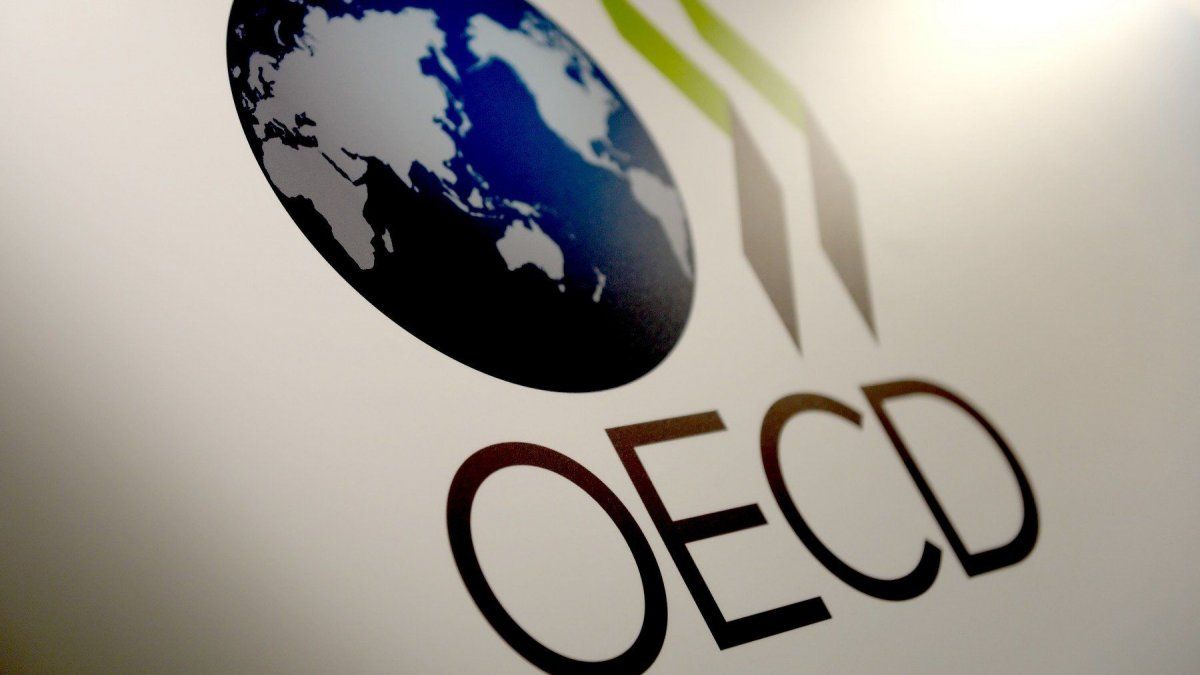This was estimated by this multilateral organization, in a new update of its economic forecasts for both this year and 2024.
The OECD shares the diagnosis of other institutions such as the Economic Commission for Latin America and the Caribbean (Cepal) which has an even more pessimistic vision and raises the drop in GDP to 2%. The same is contemplated by the World Bank, which this week has agreed on this figure of 2%. For the moment, the International Monetary Fund (IMF) saves Argentina from a possible recession, and calculates a growth of 0.25.
The OECD worsened its growth forecasts for Argentina
Specifically, compared to the estimated growth of 0.1% in its latest projections published in March, the OECD now calculates that Argentina will suffer a recession in 2023. LThe drop in Argentine GDP will be even greater than that experienced by Russia, which will be less than initially expected (1.5%). These would be the only two economies that will contract this year among the group of OECD countries.
By 2024, Argentina’s GDP is expected to grow again, albeit still at a slow pace. The forecast expansion is 1.1%, seven tenths less than what was calculated in March. This figure is, once again, lower than the increase expected for the average of the OECD countries, which will repeat at 1.4%.
Political uncertainty, one of the factors that most affect
Among the causes of the contraction expected in 2023, the OECD points to the drop in consumption and investment amid political uncertainty before the presidential elections next October.
In turn, the drought will cause a short-term drop in agricultural production and, consequently, there will be a negative impact on the level of exports.
As far as inflation is concerned, which in April rose to the highest level in the last 30 years (108.8% year-on-year), is expected to close the year at 106.9% year-on-year. The incipient wage pressures and the increase in food prices would be behind this persistence of inflation.
Source: Ambito




